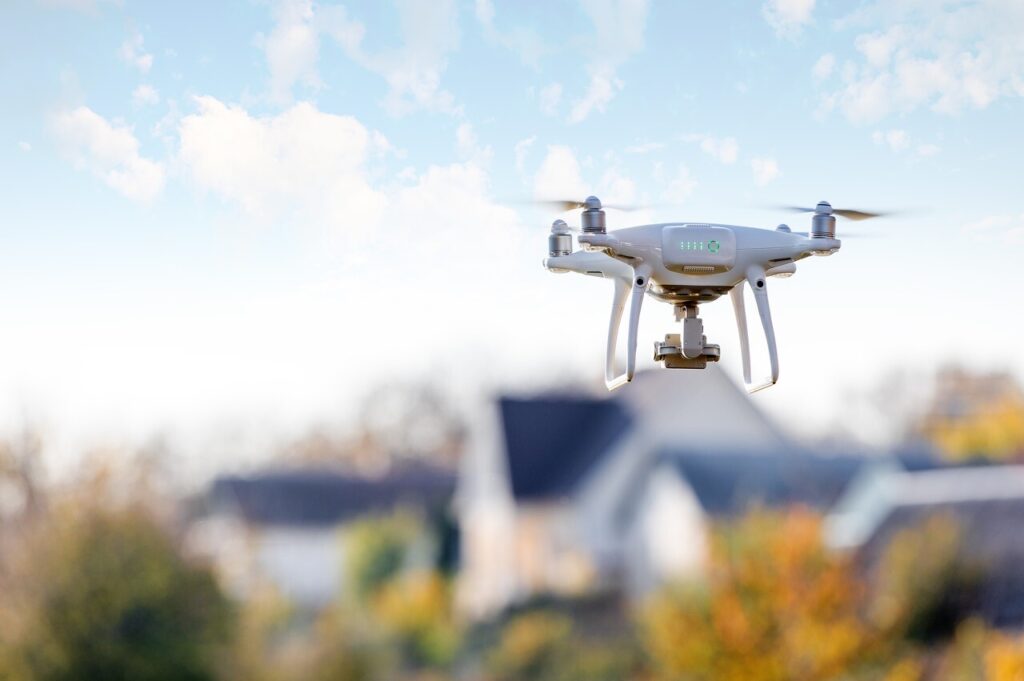The atmosphere has changed recently. Unmanned aerial vehicles can be seen dotting the landscape above sports stadiums, being used to disinfect during the pandemic. Whether it is a young family flying a drone around a parking lot for fun or a university professor doing a survey high above a canyon, people are catching on to the drone (UAV) trend. So what are some of the uses of drones?
Medical Drones and Other Applications
UAVs are being used to deliver vaccines quickly during the COVID pandemic. These shots are destroyed in warm temperatures. A San Francisco-based company called Zipline has been airdropping medical tests and supplies over disease-ridden areas in places like Rwanda and Ghana since 2014, and serves as a model for how drones can be used for contactless delivery of needed medical supplies.
Thermal/Infrared Imaging
Unmanned aerial vehicles save businesses millions of dollars with thermal/infrared or IR imaging. A thermal imaging camera detects heat being emitted by any object and immediately sends data back to the user about temperature variations. These temperature variations indicate faults in structures in mere minutes, saving the cost of expensive man-hours out in the field.
Thermal imaging is used to conduct roof inspections, saving tons of time and accurately conveying weaknesses back to the drone user. It is also useful in detecting defective solar panels and can easily view thousands of panels at a time from the air, recording any discrepancies and sections in need of repair. Utility companies concerned with accessing high-voltage areas use drones to find problems in electrical systems, such as areas associated with high-resistance or excess current flow.
Firefighting Efforts
Firefighting is enhanced with the use of drones and helps first responders pinpoint the source of the flames. Infrared cameras see through smoke, fog, rain, forests and complete darkness. Because of their ability to see things that the human eye cannot, they are often used in search and rescue missions and can find missing people or animals any time, day or night. There are even drones for mapping wildfire hotspots, which can help those trying to tackle the biggest, most unpredictable of fires.
Drones on the Road
Moving Vehicle Operations are just as they sound, operations that take place in a moving vehicle. MVOs are able to utilize drones in all kinds of weather, rain or shine. And the use of unmanned aerial vehicles eliminates issues with long-distance driving and operator fatigue when long distances have to be covered.
MVO Ops are usually done in teams. A two-person team would consist of a pilot that keeps the UAV in sight and a driver. Organizations benefit from using MVO Ops because all hands are on deck in case additional action is needed.
Becoming an Operator
If you pride yourself on being an early adopter of technology, a career as a pilot may be for you. There are plenty of opportunities for drone operators to become involved with this fascinating new technology. To be certified, pilots must complete in-classroom training, simulations and pass various tests. The FAA has rules for aspiring drone pilots:
- Sixteen years of age or older
- Fluent in the English language
- Mentally and physically fit
- A passing grade on an initial 60-question exam
There are few barriers to entry in this exciting new field and still room for early adopters to get in on the ground floor of the unmanned aircraft industry to start a business. If you don’t want to be a pilot yourself, small business opportunities exist in delivery, agriculture, filming, and many other emerging UAV-friendly fields. The sky’s the limit.

